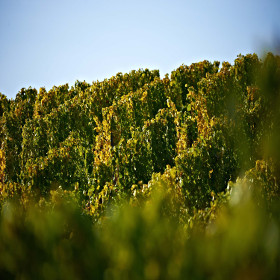Winery Gres
The Gres winery looks back on a good 300 years of winemaking tradition. The family came in the wake of the Huguenot banishment in 1684 from the Rhône Valley, where they had already done viticulture, to Rheinhessen. There, they planted 70,000 vines on 15 hectares in and around the municipality of Appenheim. The vineyards are located in five municipalities, so that for each grape variety an ideal location is available. The vines thrive particularly well on humus-rich limestone soils. In addition to national (Riesling, Grüner Sylvaner, Huxelrebe, Dornfelder etc.) and international grape varieties (Chardonnay, Sauvignon Blanc, Merlot, etc.), the focus is particularly on the wines of the Pinot family (Blanc, Noir and Madeleine), with which the winery already achieved some national and international successes like the state awards of Rhineland-Palatinate. In 2014, the winery Gres received this award for the fourteenth time.
On the estate only German is spoken.














